The Biggest Environmental Issues In Canada

- Rise in temperatures, shifts in precipitation patters, air pollution, melting glaciers, road salt pollution, etc., are some of the major environmental threats in Canada in the present day.
- Canada's average temperature is rising at nearly double the rate of the global temperature rise.
- The environmental issue of road salt is one that although not uniquely Canadian, is certainly far more prominent there than in many other countries.
- 2016 saw a devastating forest fire which blazed through Fort McMurray, Alberta, an area which continues to see more forest fires in recent years.
Environmental issues are some of the largest and most significant problems facing our world today. All over the Earth, we are seeing the effects of climate change, and our systemic disregard for the environment. From increased global temperatures, melting icecaps, changes in weather patterns, and the continued use of greenhouse gases, the world is feeling the impacts of mass human consumption on limited global resources. As the second largest country in the world (from a geographical standpoint) Canada is becoming increasingly aware of the effects of climate change within the country. Here are some of the top environmental issues affecting Canada today.
8. Climate Change
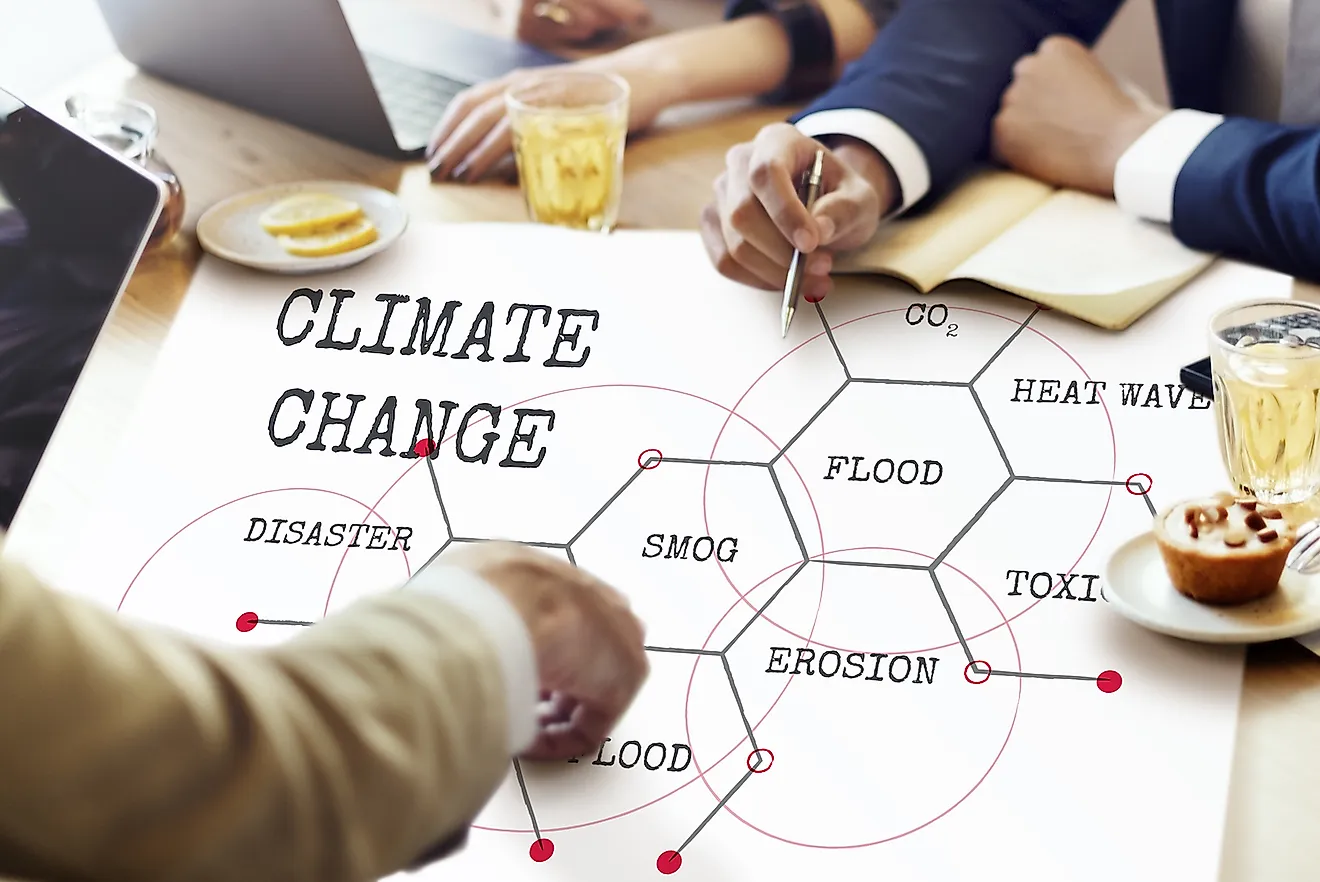
When talking about environmental issues, the top issue is almost inevitably climate change. Though there are some that may argue otherwise, scientific data is clear that the average global temperatures are rising, and there have been significant shifts in the overall climate both within Canada and on a global scale. In Canada, steps are being taken to curb climate change, and the negative effects humans have had on the environment as much as possible. Environment Canada is the exclusive group which studies climate change at a national level. It both collects data and imparts this knowledge in relation to policy and national mitigation efforts. This group targets a variety of areas for research and prevention, from weather patterns; to water and ice analysis; changes in localized temperatures; air quality; and overall risks factors. Everything that falls under the category of climate analysis is studied at the highest level in order to better understand humans’ impact on the environment, and thus begin to mitigate the damage. Some of the issues described below like rising temperatures, shifting precipitation patters, melting of ice caps and permafrost, and increased hazardous weather are all triggered by climate change as one of the primary factors.
7. Rising Temperatures
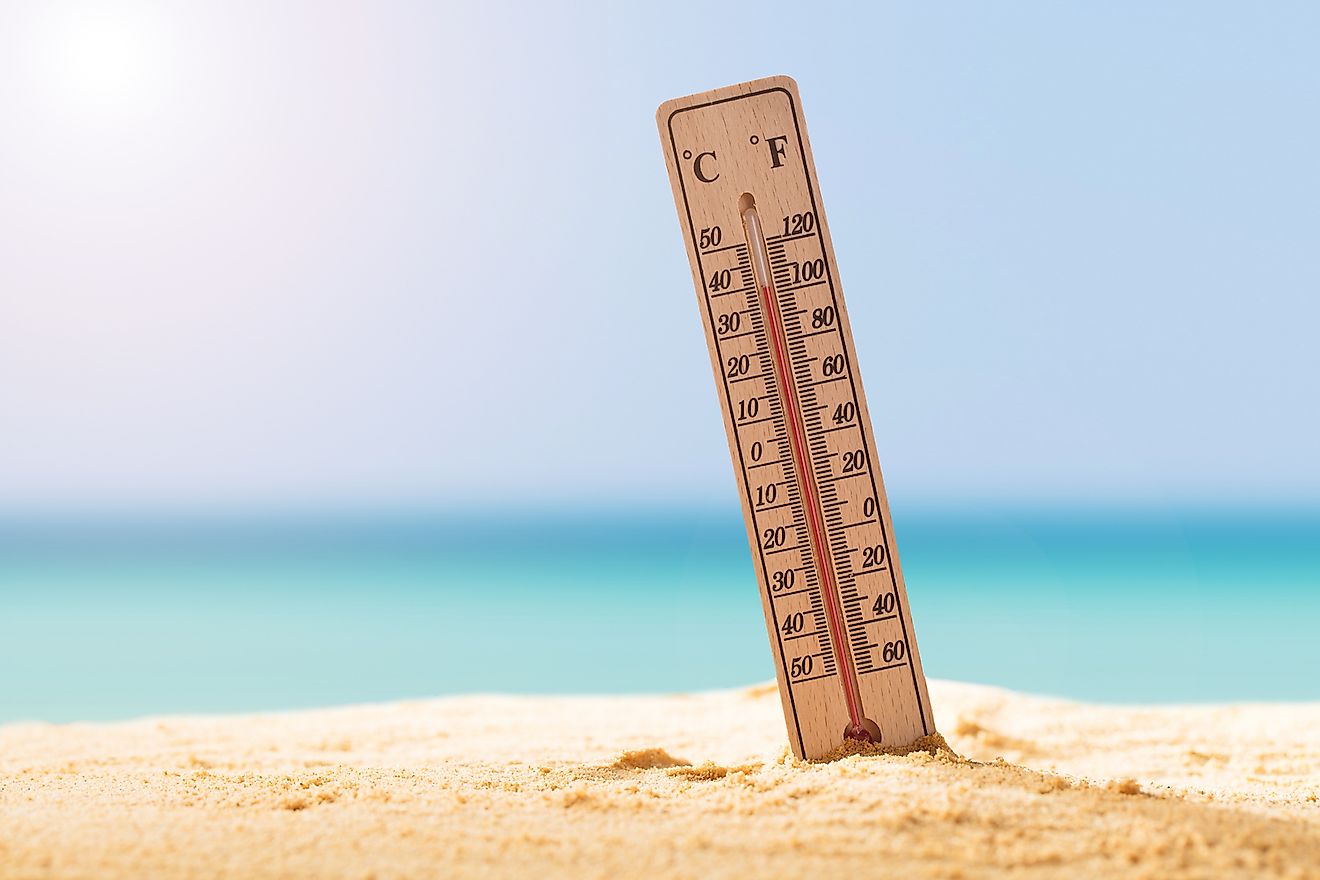
One of the most obvious environmental issues that has become apparent over the last decade or two, is that of increased temperatures. In fact, what is now being more broadly referred to as climate change was once simply called global warming. While global warming was a somewhat limited term, an overall increase in the global temperature is one of the most alarming environmental issues facing Canada, and the world at large. These increases in temperature are primarily due to greenhouse gases, thus named because they create a barrier of sorts in the atmosphere, trapping heat in. Between 1948 and 2014, the average temperature within Canada’s land mass has increased 1.6 degrees celsius. This is twice the global average, meaning Canadian temperatures are increasing at a far more rapid rate than any other country on record. It has been projected that average temperatures in Canada will rise anywhere from 2.0 degrees celsius to 9.5 degrees celsius within the current century, if the level of emissions is not reduced. This is in contrast to the global average, which is projected to rise by 5.6.
6. Shifts in Precipitation Patterns

Generally, levels of precipitation have increased in the last seventy or so years. There has been a general increase across all provinces and climates. Canada also sees a great deal of snow in many regions. In some areas, snow will be consistent through the winter months, resulting in a significant spring melting period. It has been noted that the areas that historically would have been covered by snow come spring time, have been steadily decreasing. This decrease has also been happening at a faster and faster rate across North America. This snow cover, and its resulting spring melt, directly effects water supplies in spring. As there is less snow to melt, the result is a lower volume of water in rivers, lakes, streams and even the water table in warmer months.
5. The Melting of Ice Caps and Permafrost
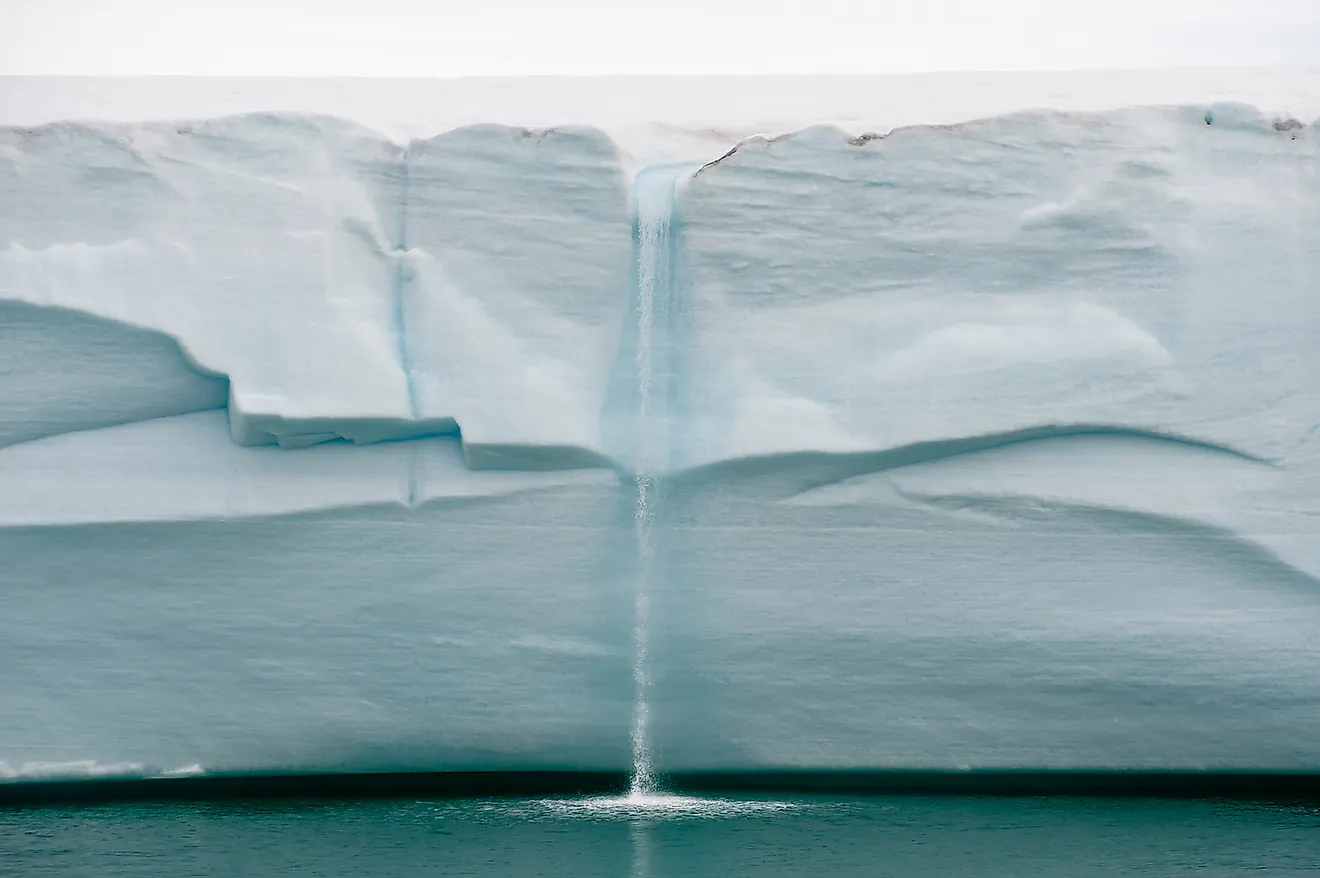
Environment Canada’s Ice Service closely monitors Arctic sea ice via satellite and remote research stations. The last ten years have shown record losses in the amount of sea ice present, as well as increased changes in the composition of said ice. What has sometimes been called the ‘Big Thaw’ has seen glacier numbers drop from over one hundred and fifty, to less than thirty in the past hundred years. Furthermore, the remaining glaciers are rapidly shrinking as surrounding water temperatures rise. Similarly, the permafrost, which for Canada is much of its northern territories, has been thawing. This melting of the ice within northern Canada and the Arctic means that the water levels in the ocean both rise dramatically, and increase in overall temperature. For this reason, the melting of the ice caps and the thawing of the permafrost is seen as one of the most alarming environmental issues at hand for Canada and the world at large. It is resulting not only in a loss of habitat for arctic animals, but impacts all oceanic life.
4. Increased Hazardous Weather

Along with changes in the overall global temperature, climate change and environmental issues can have an impact on weather patterns. As the human impact on the environment increases, so to have the incidences of extreme weather within Canada and around the world. Usually caused by the increase in greenhouse gases, rising temperatures can mean more moisture in the atmosphere, often resulting in stormy weather. For Canada, this usually means more rain and flooding, which have been a growing problem throughout summer months in the last decade. In winter, higher levels of moisture in the atmosphere bring heavy snow fall or blizzard like conditions. Western Canada has also experienced an increase in dry hot weather that results in crop draught, as well as forest fires, with growing frequency. Most notably, 2016 saw a devastating forest fire which blazed through Fort McMurray, Alberta, an area which continues to see more forest fires in recent years.
3. Air Pollution
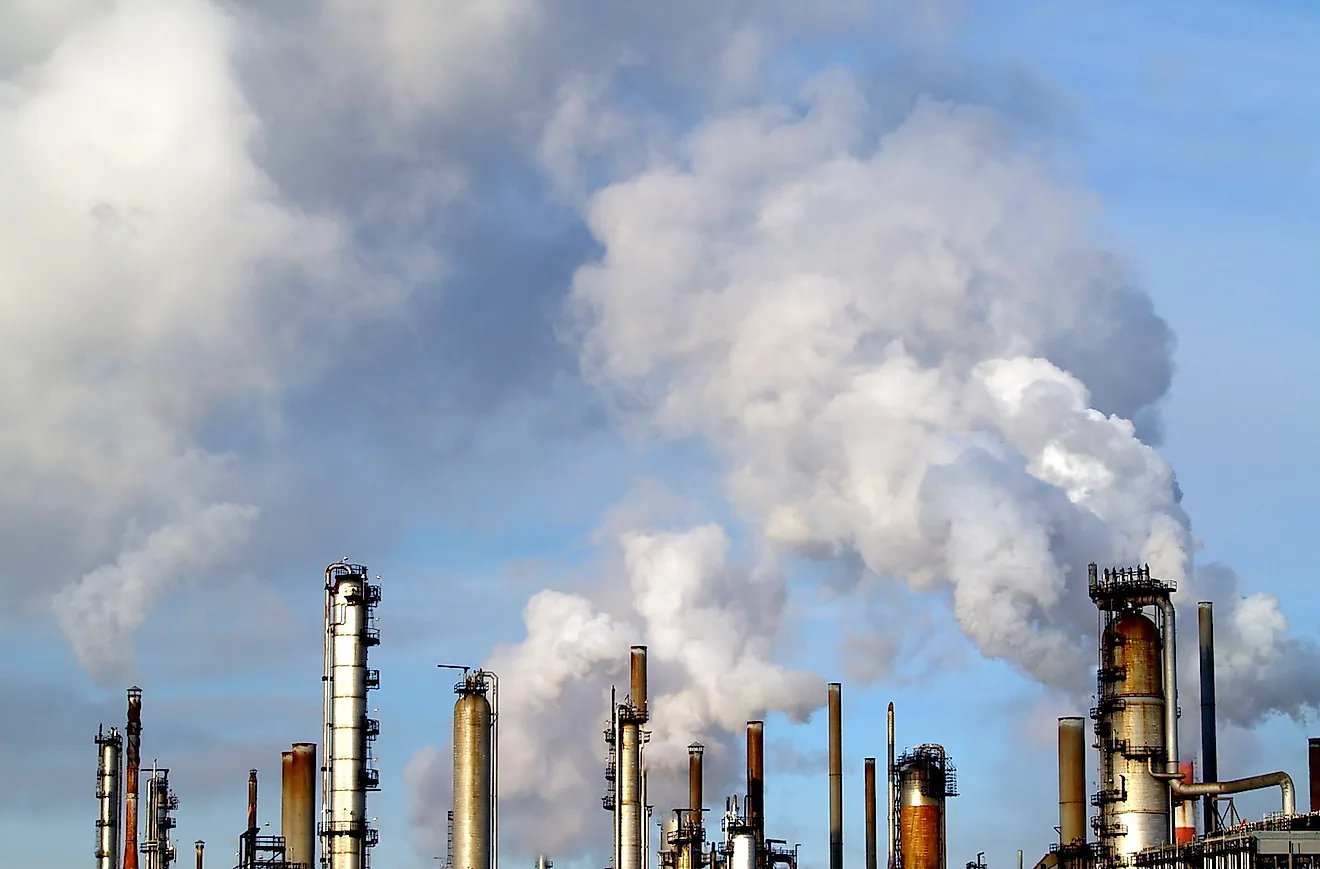
Environment Canada, tracks environmental issues and changes, but is responsible for curating reports regarding environmental hazards and projections. Canada’s Emissions Trends tracks emissions data as well as forecasts potential areas of concern. One of the areas in which Canada has been taking specific action is air pollution. Short lived climate pollutants have been of specific interest, as reducing these pollutants can result in more immediate positive change. These pollutants, which include methane, ozone, and black carbon, contribute to many of the major environmental issues for Canada and the world. Unfortunately, Canada had some of the highest levels of emissions prior to 2010. Since, then, Canada has taken a keen interest in this issue, and is a founding member of the Climate and Clean Air Coalition, in the hopes of mitigating some of the damage already done, and preventing further large impacts to global and national air quality.
2. Road Salt Pollution
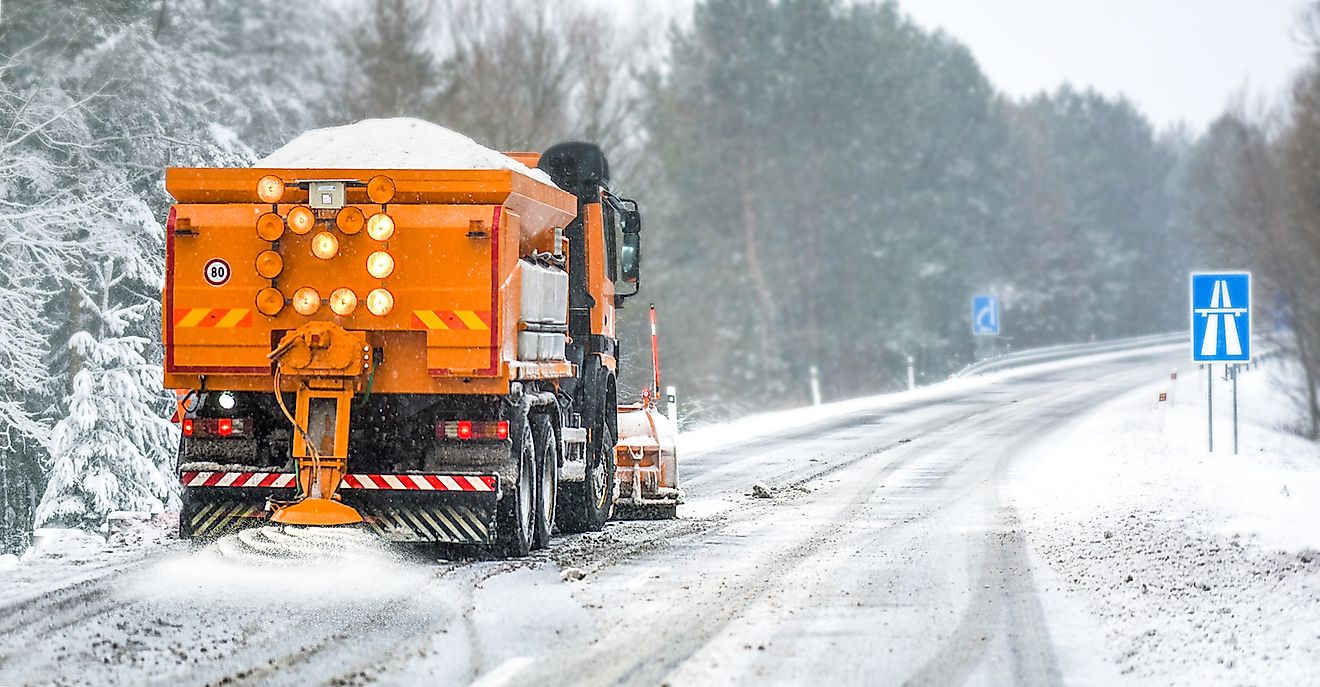
The environmental issue of road salt, is one that although not uniquely Canadian, is certainly far more prominent there than in many other countries. Due to harsh winter conditions, road salt, or sodium chloride, is largely utilized to melt ice on roadways and prevent snow build up for drivers. Much of Canada sees long and arduous winters, where snowfall and freezing conditions are common. Because of this, there is a large period of the year where road salt is employed. While salt does a wonderful job of melting through ice to reduce driving hazards and improve road traction, it is inherently harsh on the environment. Runoff from highways and streets causes this salt to be washed into the soil, increasing chloride levels between 100 and 4,000 times that of the normal local levels. Salt kills most living things, and can prevent plant growth in many soil cultures. This change in soil structure also effects various microorganisms and in turn, wildlife in the area. While some regions have switched away from sodium chloride based products to a more sand like grit, salt continues to be an ongoing environmental issue in Canadian winters.
1. Oil Sands and Pipelines
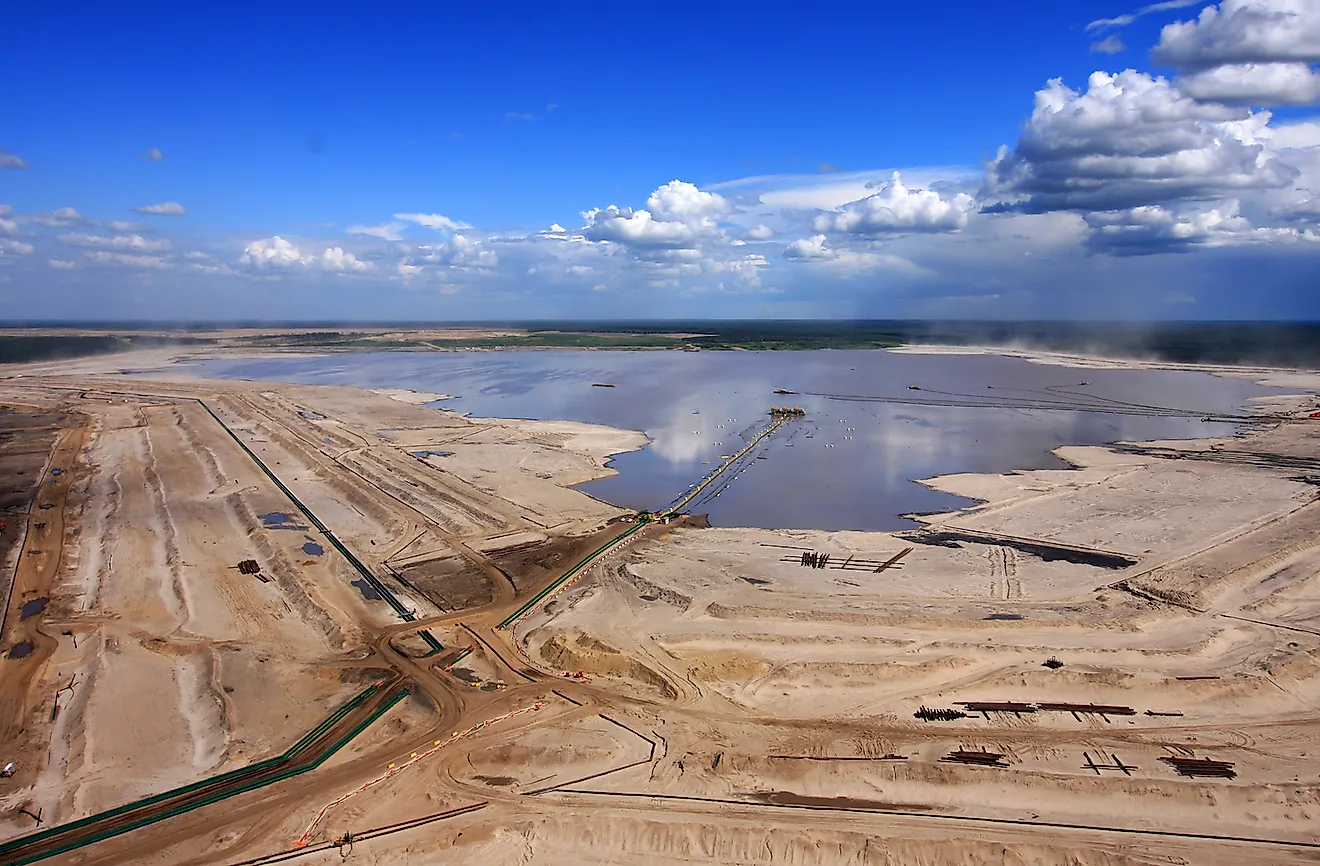
Alberta’s oil sands operation is the world’s largest industrial project. Pipelines, and specifically the building of new pipelines within both Canada and the U.S.A., has been a controversial topic in recent times. Many have raised concerns surrounding potential pipeline leaks, or large scale oil spills, which can have devastating effects on the environment. While Canada is striving to reduce its environmental impact, the oil sands industry remains a point of contention, and one of the most lucrative national industries. The oil industry is a large producer of carbon emissions. For this reason, carbon taxes and carbon capturing technologies have been put in place within the oil sands to help reduce high emission rates. Percentages of pollutants have dropped as much as 30% in the last fifteen to twenty years, but remain a point of concern. As the country’s biggest export earner, liberties have been taken to ensure the oil sands industry remains strong, despite its impact on the environment. Huge waste ponds of staggering toxicity lie to the north, which not only impact the immediate area and cause a threat to any nearby wildlife, but also contribute to acid rain. Because of this, the oil industry is by far the most negatively impactful for the Canadian environment. It is hopeful that policies such as carbon taxes, and technologies for cleaner living are being used, however the rate of impact is still surpassing the national and global ability to mitigate negative environmental impacts.











